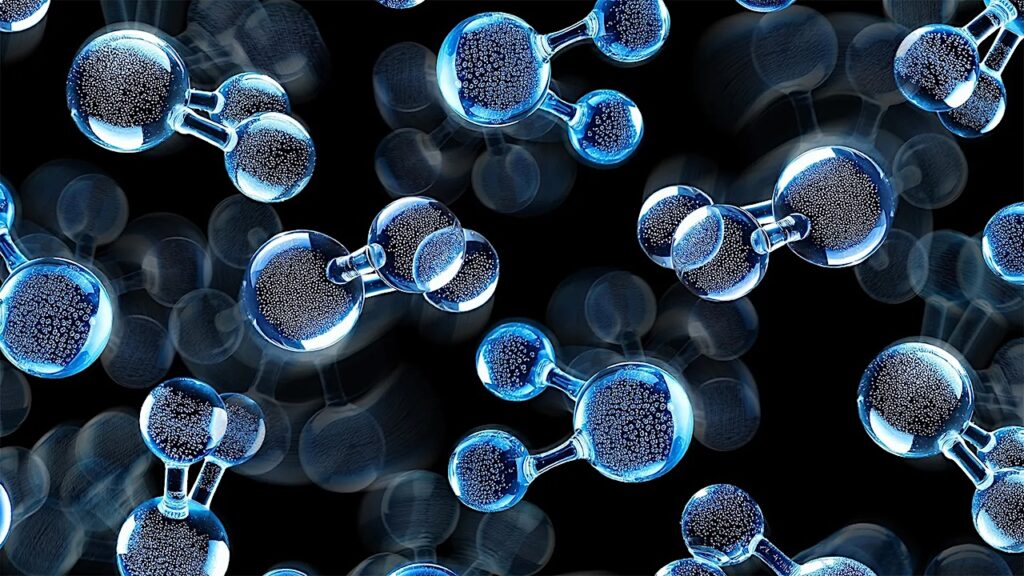Detection of Propene in Titan's Stratosphere

The Voyager 1 flyby of Titan in 1980 gave a first glimpse of the chemical complexity of Titan’s atmosphere, detecting many new molecules with the infrared spectrometer (IRIS). These included propane (C3H8) and propyne (CH3C2H), while the intermediate-sized C3Hx hydrocarbon (C3H6) was curiously absent. Using spectra from the Composite Infrared Spectrometer (CIRS) on Cassini, we show the first positive detection of propene (C3H6) in Titan’s stratosphere (5-sigma significance), finally filling the three-decade gap in the chemical sequence.
We retrieve a vertical abundance profile from 100-250 km, that varies slowly with altitude from ~2 ppbv at 100 km, to ~5 ppbv at 200 km. The abundance of C3H6 is less than both C3H8 and CH3C2H, and we remark on an emerging paradigm in Titan’s hydrocarbon abundances whereby: alkanes > alkynes > alkenes within the C2Hx and C3Hx chemical families in the lower stratosphere. More generally, there appears to be much greater ubiquity and relative abundance of triple-bonded species than double-bonded, likely due to the greater resistance of triple bonds to photolysis and chemical attack.
Conor A. Nixon, Donald E. Jennings, Bruno Bezard, Sandrine Vinatier, Nicholas A. Teanby, Keeyoon Sung, Todd M. Ansty, Patrick G. J. Irwin, Nicolas Gorius, Valeria Cottini, Athena Coustenis, F. Michael Flasar (Submitted on 17 Sep 2013)
Comments: 16 pages; 4 figures; 1 table
Subjects: Earth and Planetary Astrophysics (astro-ph.EP)
Cite as: arXiv:1309.4489 [astro-ph.EP]
(or arXiv:1309.4489v1 [astro-ph.EP] for this version) Submission history From: Conor Nixon [v1] Tue, 17 Sep 2013 21:59:55 GMT (306kb)


